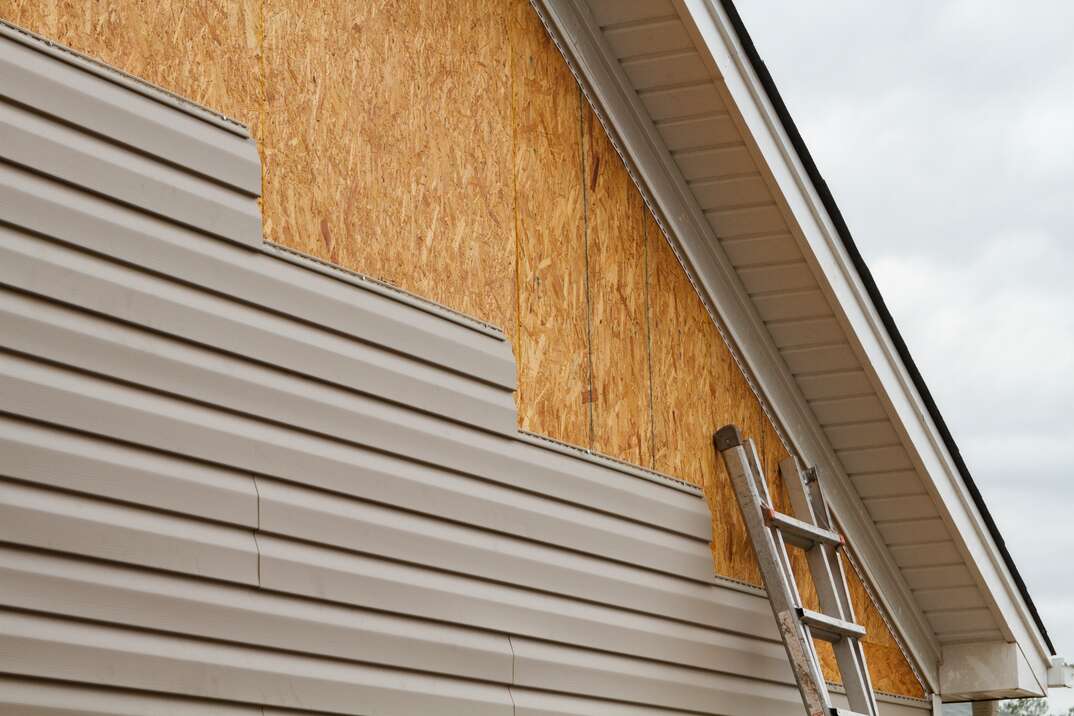
When it comes to home improvement projects, replacing old siding can have a significant impact on the overall look and feel of your home. Whether your siding is damaged, outdated, or simply in need of a refresh, investing in new siding can enhance your home's curb appeal and increase its value. If you're considering a siding replacement, look no further than this ultimate guide to help you navigate the process.
The first step in any siding replacement project is to assess the condition of your current siding. Look for signs of damage such as cracks, warping, rot, or mold. If your siding is showing any of these signs, it's time to consider a replacement. Even if your siding appears to be in good condition, it may still be worth replacing if it is outdated or no longer suits your aesthetic preferences.
Once you've determined that a siding replacement is necessary, the next step is to choose the right type of siding for your home. There are several options available, including vinyl, fiber cement, wood, and metal siding. Each type of siding has its own pros and cons in terms of cost, durability, maintenance, and appearance. Take the time to research each option and choose the one that best fits your needs and budget.
After selecting the type of siding, you'll also need to decide on the style and color that you want. The style of siding you choose can greatly impact the overall look of your home, so be sure to consider factors such as architectural style, neighborhood norms, and personal preferences. Additionally, choose a color that complements your home's exterior and enhances its curb appeal.
Once you've chosen your new siding, it's time to find a reputable contractor to handle the installation. Look for a contractor with experience in siding replacement and a track record of satisfied customers. Get multiple quotes and ask for references to ensure you're making the right choice. A professional contractor will be able to properly install your new siding, ensuring a seamless and long-lasting result.
Before the installation begins, make sure to properly prepare your home. This may involve removing any obstacles near the exterior of your home, clearing out clutter, and ensuring that the area is easily accessible for the contractors. Additionally, be prepared for some noise and disruption during the installation process, as it can be a labor-intensive project.
During the installation process, be sure to communicate with your contractor and address any concerns or questions that may arise. Stay informed about the progress of the project and make sure that the work is being done to your satisfaction. Once the installation is complete, inspect the work to ensure that the siding has been properly installed and meets your expectations.
After your new siding has been installed, make sure to properly maintain it to ensure its longevity and keep your home looking its best. Follow the manufacturer's guidelines for cleaning and maintenance, and address any issues such as damage or mold promptly. With proper care, your new siding can last for many years to come.
In conclusion, saying goodbye to old siding and replacing it with new siding can greatly improve the look and value of your home. By following this ultimate guide to siding replacement, you can navigate the process with confidence and achieve a successful outcome. From assessing the condition of your current siding to choosing the right type and style, finding a reputable contractor, preparing your home, and maintaining your new siding, these steps will help you achieve a smooth and successful siding replacement project. So don't wait any longer – say goodbye to old siding and give your home a fresh new look today!
